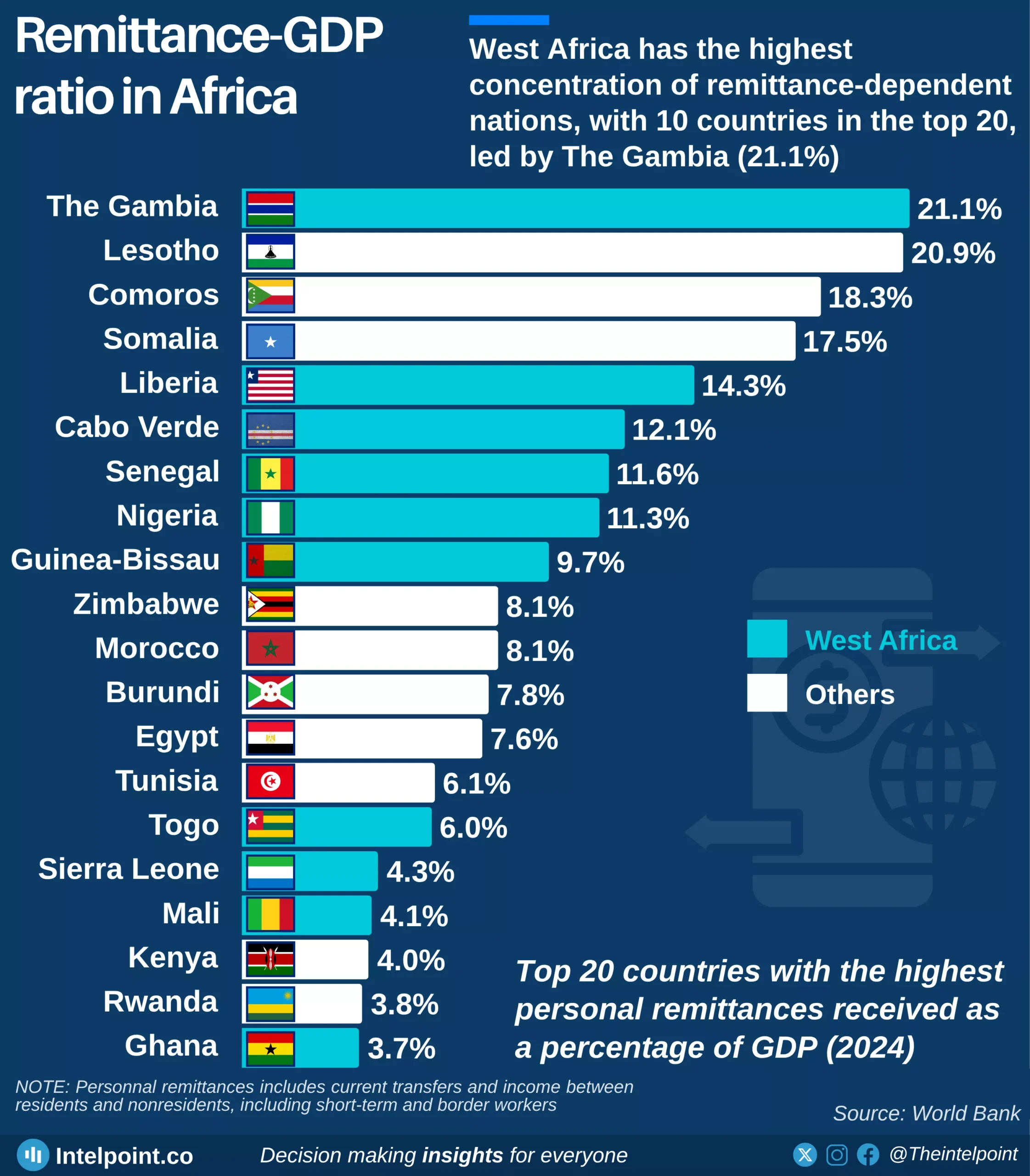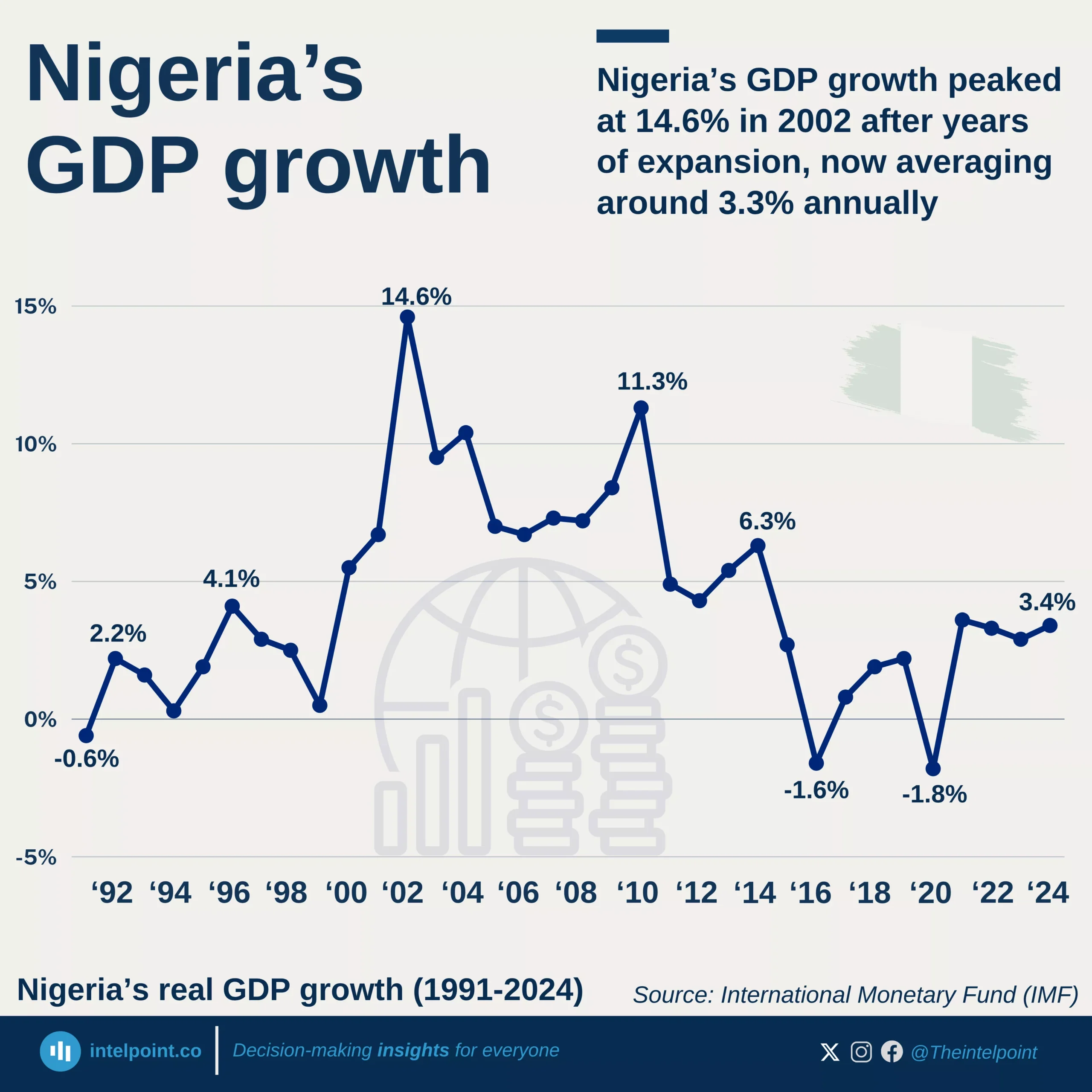Agriculture, forestry, and fishing play a crucial role in the economies of many African nations. Data from 2024 reveals that this sector's contribution to Gross Domestic Product varies significantly across the continent, with some countries showing a strong reliance.
For instance, Guinea-Bissau led the continent with agriculture contributing a substantial 36.8% to its GDP in 2024. Nigeria also shows a significant contribution from this sector, with agriculture, forestry, and fishing accounting for 20.4% of its GDP in 2024, highlighting its importance to the nation's economy.
Other nations like Comoros (36.6%) and Ethiopia (34.9%) also demonstrated a high dependency on this sector. This high concentration of agricultural contribution is particularly noticeable in West and East Africa. In contrast, countries such as in DR Congo (17.1%) and Angola (16.4%) show a lower percentage, indicating more diversified economies.





